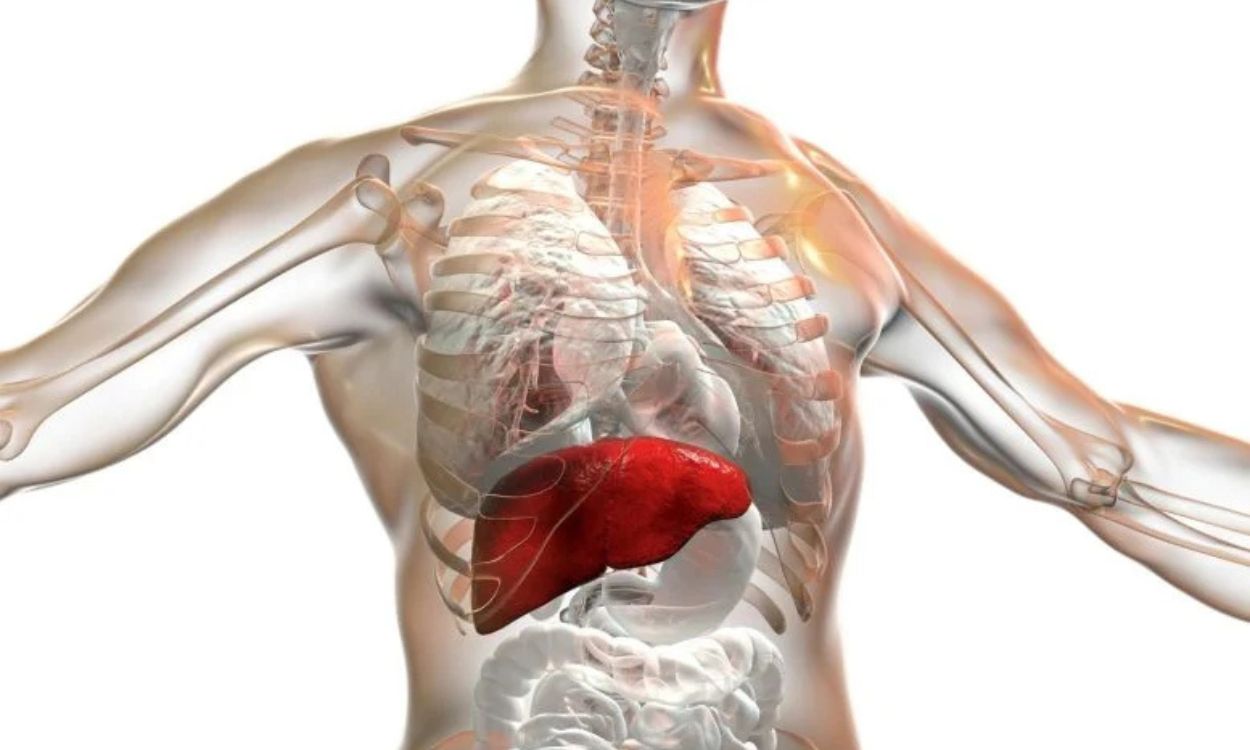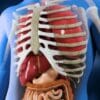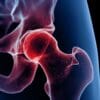Unveiling the Connection: Is Fatty Liver Associated with Skeletal Disorders?
Fatty liver, a condition characterized by excessive fat buildup in the liver, is commonly associated with unhealthy dietary habits and a sedentary lifestyle. However, recent research has highlighted a potential link between fatty liver and skeletal disorders, sparking interest among health professionals and researchers alike. This article delves into this intriguing connection and discusses how understanding it can contribute to improved health outcomes.
Understanding Fatty Liver
Fatty liver disease, also known as hepatic steatosis, can be primarily categorized into two types: non-alcoholic fatty liver disease (NAFLD) and alcoholic fatty liver disease (AFLD). NAFLD, more prevalent in the Indian population, is linked to obesity, type 2 diabetes, and metabolic syndrome, all of which are escalating in India due to changing lifestyles and dietary patterns.
Skeletal Disorders: An Overview
Skeletal disorders encompass a range of conditions affecting bones, joints, and connective tissues. Common disorders include osteoporosis, osteoarthritis, and various forms of arthritis. In India, the prevalence of osteoporosis and arthritis is on the rise, attributed to factors such as aging, nutritional deficiencies, and lifestyle changes.
The Connection Between Fatty Liver and Skeletal Health
Recent studies suggest that fatty liver may contribute to the development of skeletal disorders through several mechanisms:
1. Inflammation: Fatty liver disease can lead to chronic inflammation, which may in turn influence bone metabolism, weakening bones and increasing the risk of fractures.
2. Hormonal Changes: The liver plays a crucial role in hormone regulation. Fatty liver can disrupt the production of hormones essential for bone health, such as vitamin D and insulin-like growth factor 1 (IGF-1).
3. Metabolic Syndrome: Commonly associated with NAFLD, metabolic syndrome includes factors like insulin resistance and obesity, which can negatively impact bone density and health.
4. Nutritional Deficiencies: Individuals with fatty liver often exhibit deficiencies in vital nutrients, including calcium and vitamin D, which are essential for maintaining bone strength and integrity.
For the Indian population, addressing these links is critical given the increasing prevalence of both metabolic and skeletal disorders. A comprehensive approach that includes lifestyle modifications, dietary management, and regular physical activity can contribute significantly to mitigating these health issues.
Embrace Your Health with Fitpaa
At this juncture, you might be wondering how to manage these health conditions effectively. Enter Fitpaa—your ultimate health and fitness companion. Designed to cater specifically to the needs of the Indian populace, Fitpaa offers an innovative approach to health management, focusing on optimizing metabolism and overall well-being.
Why Choose Fitpaa?
– Personalized Health Plans: Tailored to your unique metabolism and health goals, Fitpaa’s personalized plans ensure you get the most effective regimen, encompassing nutrition, exercise, and behavior therapy.
– Metabolism Assessment: Identify the root cause of your health conditions with Fitpaa’s comprehensive metabolism assessment, paving the way for a healthier, fitter you.
– Guaranteed Results: With a 100% success guarantee, Fitpaa’s scientifically-backed methods ensure you achieve your fitness goals without compromising health.
– Lifestyle Integration: Fitpaa seamlessly integrates with your lifestyle, providing real-time guidance and support through its mobile app, diet tracker, and virtual workout trainer.
Join thousands of Indians taking control of their health with Fitpaa. Transform your life today by downloading the Fitpaa app, and embark on a journey towards a healthier, happier you.
By understanding the potential links between fatty liver and skeletal disorders, and leveraging innovative solutions like Fitpaa, you can proactively manage your health, ensuring a robust and energetic life free from the shackles of lifestyle diseases.









